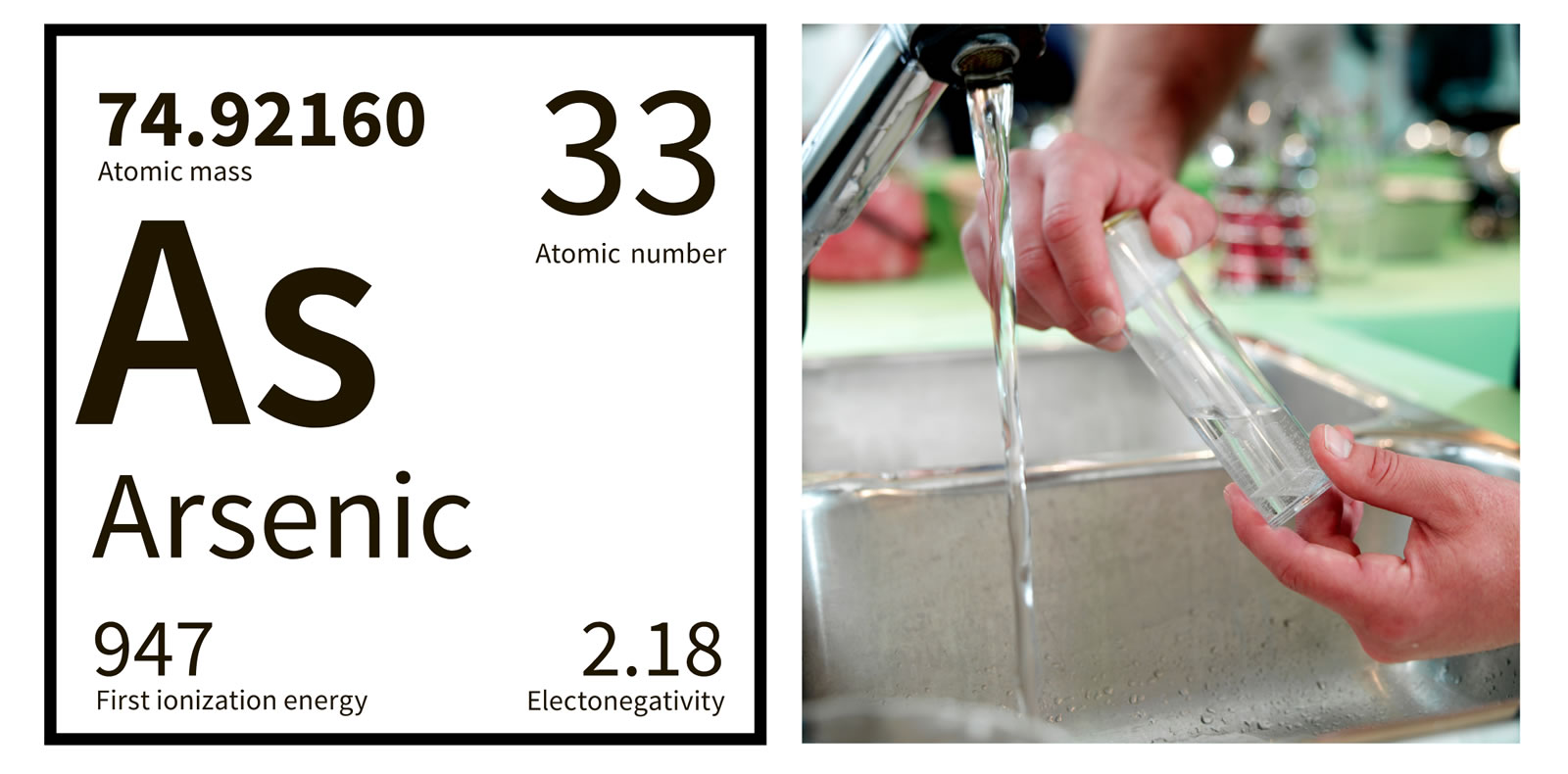
- 0 Comments
- BLOG Body Fat / Skin Cardiovascular / Circulatory Digestive Hormones / Endocrine Immune / Lymphatic Neurological / Psychological Urinary / Renal
INTRODUCTION You have probably heard friends talking about how yogurt, cheese, sauerkraut, or kimchi is “good for your gut” But what do they mean, and what are they talking about exactly? It turns out that your friends are likely correct, and these foods, known as probiotics, can be good for you and your health. Keep […]
Read More
